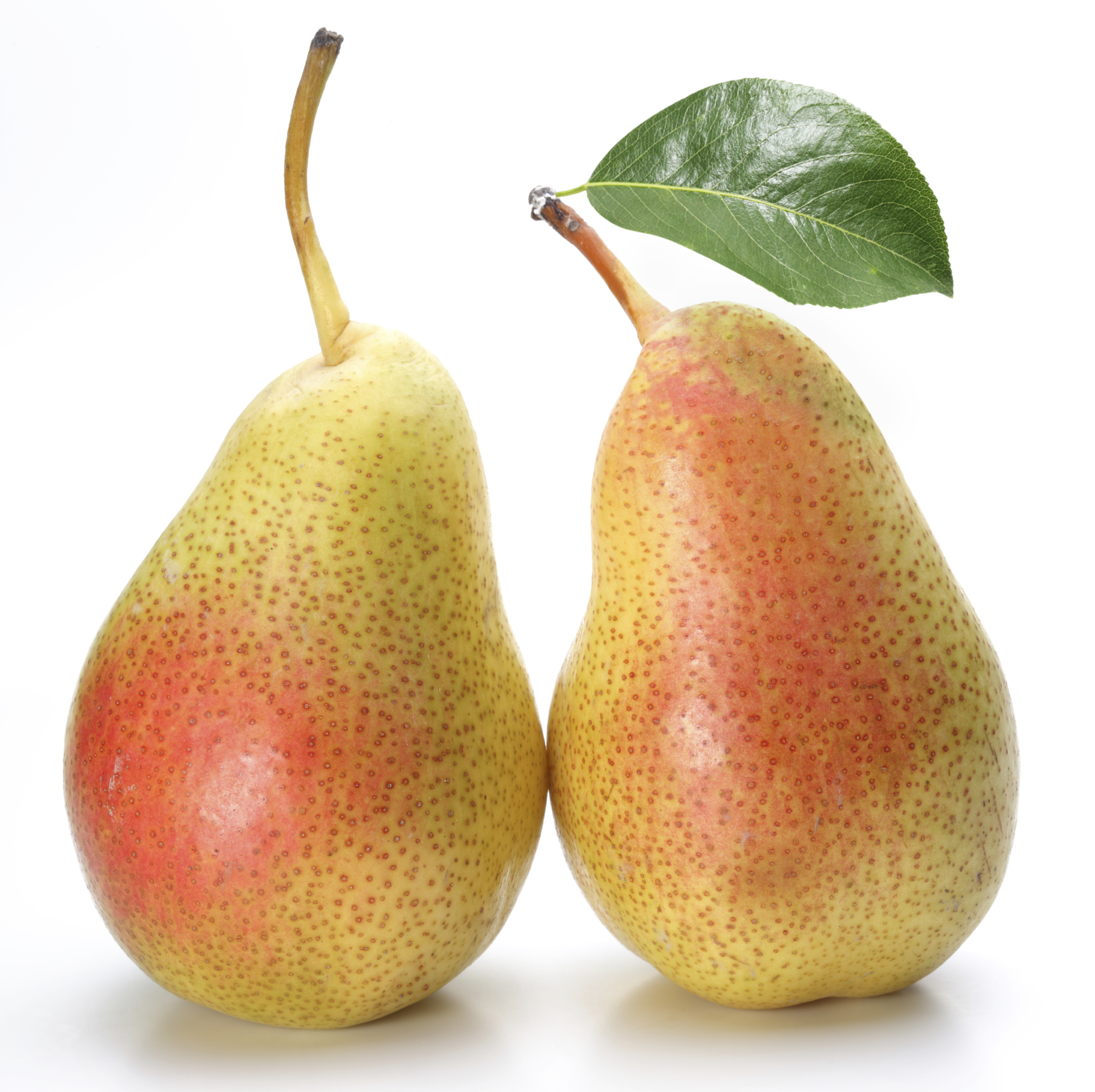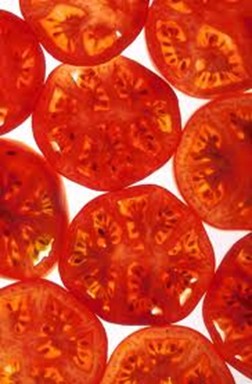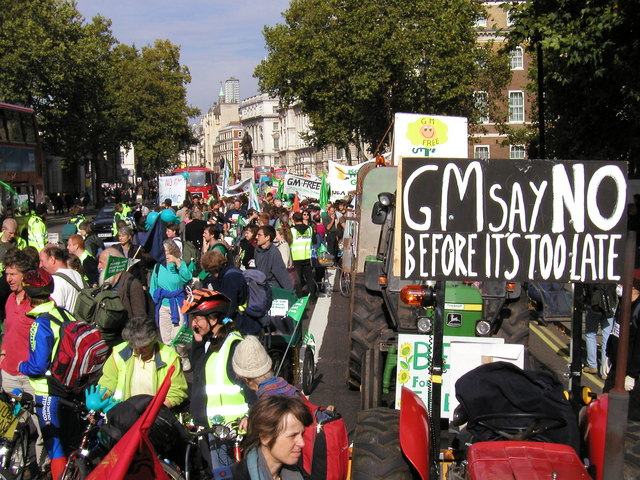Organic is not more expensive than other food — if you factor in the cost of environmental damage caused by conventional industrial agriculture. Pesticides, herbicides, and the waste from billions of farmed animals foul our air, soil, and waterways. Here are some interesting figures about the true cost of food.
A box of breakfast cereal may sell for $3.50, but its environmental impacts (from air and water pollution, greenhouse gases, waste, etc.) make the true cost $4.05, according to the watchdog trucost.com. You may pay $3.00 a liter for fruit juice, but it really costs $3.19. The most shocking statistic I saw on this site was for cheese. A 12-ounce hunk of cheese that sets you back $6.50 at the cashier should really cost $7.68.
What about beef? We’ve known for a while that livestock (animals grown for food) produce as much greenhouse gases as all forms of transportation put together. The Center for Investigative Reporting has just released a report on hamburgers, which contains some startling statistics. Did you know that we eat over 40 billion burgers a year? That we use about 8 times as much land to grow food and pasture for animals, as we do to grow food directly for humans? That a quarter-pound of beef took 450 gallons of water to produce? That cows in the U.S. produce half a billion tons of manure a year? Check out the report for the rest of the story.
So who pays the difference between market cost and true cost? We all do. As taxpayers, we subsidize the meat, dairy, and egg industries, which are among the worst polluters. As citizens, we breathe the foul air and pay to clean up the mess. And this doesn’t even include the medical bills caused by industrial agribusiness.
What we can do: Keep growing the organic marketplace by buying organic whenever you can. Do it for yourself and the planet. Besides, as the organic sector grows, prices are expected to come down due to the classic factor “economy of scale.” Vote for those who support environmental laws and regulations. Especially support Proposition 37 this November!






